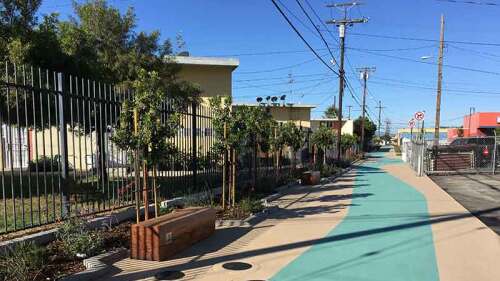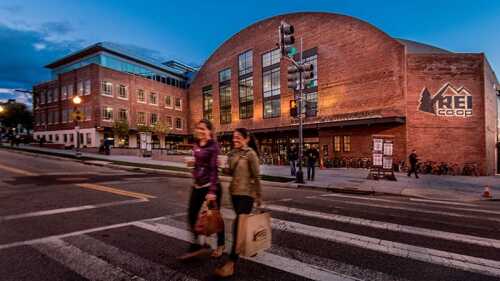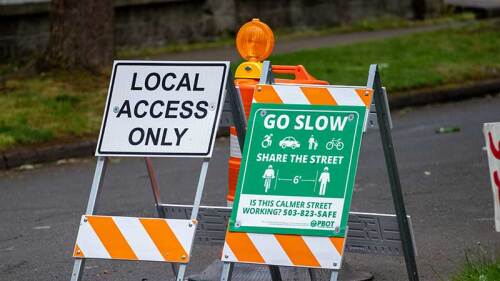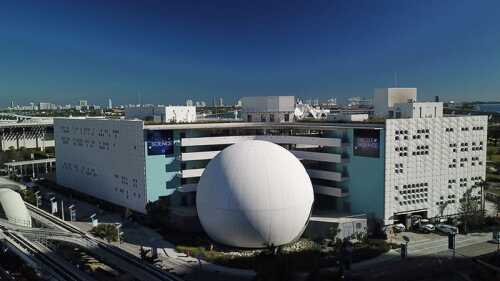| Pedestrians, cyclists, and motorists vie for the right-of-way in Beijing’s vast intersections. |
Beijing, once a city of fortresses, walls, and bicycles, is now a city of fortresses, walls—and automobiles. At ULI’s inaugural Asia Pacific Summiton shaping sustainable urban growth, held in the Chinese capital May 16 to 18, planning visionary Peter Calthorpe urged land use professionals in Asia to be sensitive to the effects of the giant-scale developments common in the region and to how massive through-city highways wall off residents.
“The environment here is single uses at very large scale,” said Calthorpe, who won ULI’s J.C. Nichols Prize for Visionaries in Urban Development in 2006. Over the past 30 years, the city has been dominated by superblocks with as much as 1,640 feet (500 m) between intersections—a planning model that isolates people and frustrates pedestrians, he said.
“Streets used to be filled with people when the streets were more safe and reasonable to walk on,” Calthorpe said. “You can look outside... just look at how frightful the pedestrian experience is.”
Indeed, the experience of crossing a Beijing street is daunting. The four-, six-, or even eight-lane streets are marked with pedestrian crosswalks, but neither car, bus, truck, pedicab, scooter, nor bicycle (the last two often ridden by helmet-free parents and children) will yield right-of-way to a pedestrian unless forced to do so. Crossing the street involves a constant eyeing of the competition and the staking of one’s claim. “How do we design cities without eight-lane arterials, without superblocks?” Calthorpe asked attendees.
A healthy pedestrian experience is a necessity for the success of transit, he noted. “If you have an onerous pedestrian experience that last 500 to 1,000 meters, people are less likely to take the transit over and over again,” Calthorpe said.
He urged development of Asian cities at a more human, walkable scale, replacing massive two-way streets with one-way street couplets that carry more traffic more efficiently. In addition, cars should be banned from some streets. “In China, car-free streets should be very frequent because people love to walk and bike,” Calthorpe noted.
But developers in China are accustomed to developing superblocks, which can house thousands of people, largely cut off from the surrounding city. “Five thousand units [of residential space] creates fear and alienation because people don’t know each other, kids don’t know each other,” Calthorpe said. And that fear leads people to wall off their superblocks, creating private courtyards and other amenities solely for the use of residents, much like gated communities in the United States.
Calthorpe called for breaking up the superblocks into truly mixed-use, smaller-scale developments with more crosswalks. There should be buildings of varying heights and open spaces that interact with the surrounding neighborhood. Small-scale retail space at street level adds vitality, he said; buildings lining the streets create a feeling of safety for pedestrians.
“The more we talk about this, the more receptive people seem to be in China,” he noted.





